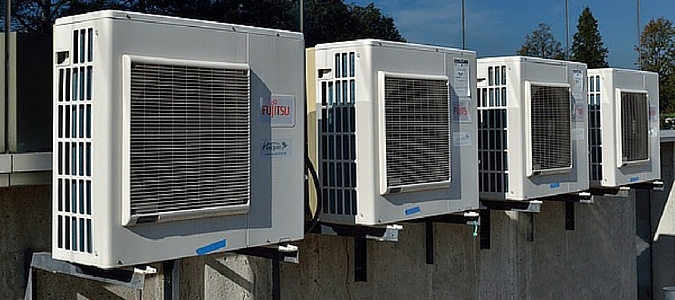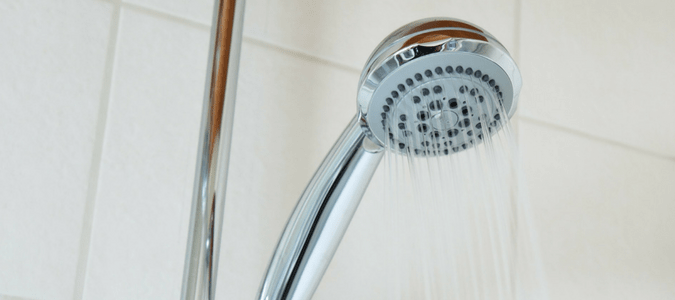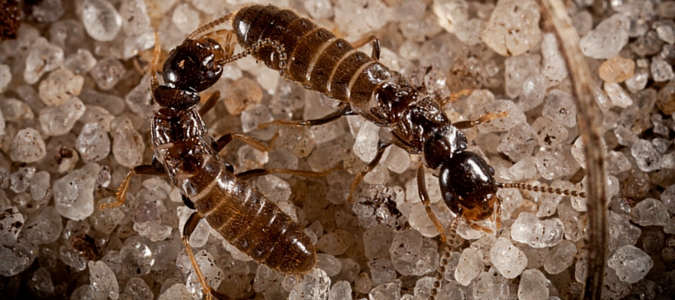Safely and Effectively Landscaping Around Ugly HVAC Units

They’re bulky, obvious and generally unappealing. They’re considered an unwelcome addition to your landscape, but getting rid of them isn’t an option. No, we’re not talking about your neighbors. We’re referring to your exterior HVAC units. Unfortunately, you can’t just throw a tarp over them, or place anything close enough to impede air circulation. Typically, a unit needs two or three feet of space free around it and at least one open access point for servicing. Although letting weeds or ivy engulf a unit seems tempting, it would cause serious and expensive problems. Using plants to hide a unit can be tricky if the unit blows hot air continuously. Fortunately, there are other ways to prevent the universal outdoor eyesore from ruining your garden’s ambiance.
Strategically Placed Focal Points
Although you may not be able to plant anything directly in front of your unit, a line of hearty, dense shrubs or privacy … Read Full Post »

